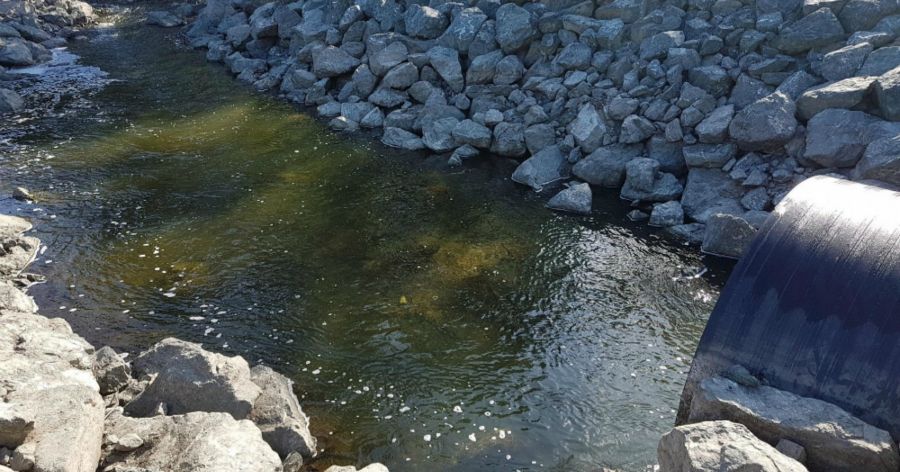Salmon have been returned to a productive spawning habitat after an infrastructure rebuild took place between the federal government and Cowichan Tribes, the largest First Nation community in B.C.
In 2015, an old culvert collapsed in Quamichan Creek near Duncan on Vancouver Island, causing damage to the only access road to Quamichan Village, exposing the water and sewer utilities and blocking the salmon habitat.

After a $1.1 million federal investment through the First Nation Infrastructure Fund, the road and river were rebuilt and even earned an Environmental Sustainability Award in 2017 from the Nanaimo Chamber of Commerce.
"I wish to congratulate Cowichan Tribes on this award-winning project," said Jane Philpott, minister of Indigenous Services. "Indigenous Services Canada is proud to have supported this project led by the Tribes in its vision to see the salmon return to this creek, while at the same time ensuring continued access to the Quamichan Village."
Once the culvert was built, the salmon were returned to Quamichan Creek.

"We have been concerned about this area for a long time, cleaning the garbage and debris yearly because of the decline of fish going up the creek to spawn," said Chief William Seymour from the Cowichan Tribes. "This project allowed us to provide a more sustainable solution, and we were happy to see that it didn't take long for the fish to return. I would like to thank Fred Bosma, Manager of Capital Project and Chatwin Engineering for their successful work, and for putting our name forward for the award with the Nanaimo Chamber of Commerce."
The Cowichan Tribes First Nation community has a registered population of about 5,000 members.
The large design of the culvert will allow enough light to enter the water, and incorporates a gravel floor, which simulates a natural creek bed for the fish. This should allow the salmon to return to the river.
The Quamichan Creek is part of the Cowichan watershed. The creek joins with Somenos Creek and flows to Somenos Lake, which empties into the Cowichan River.
















